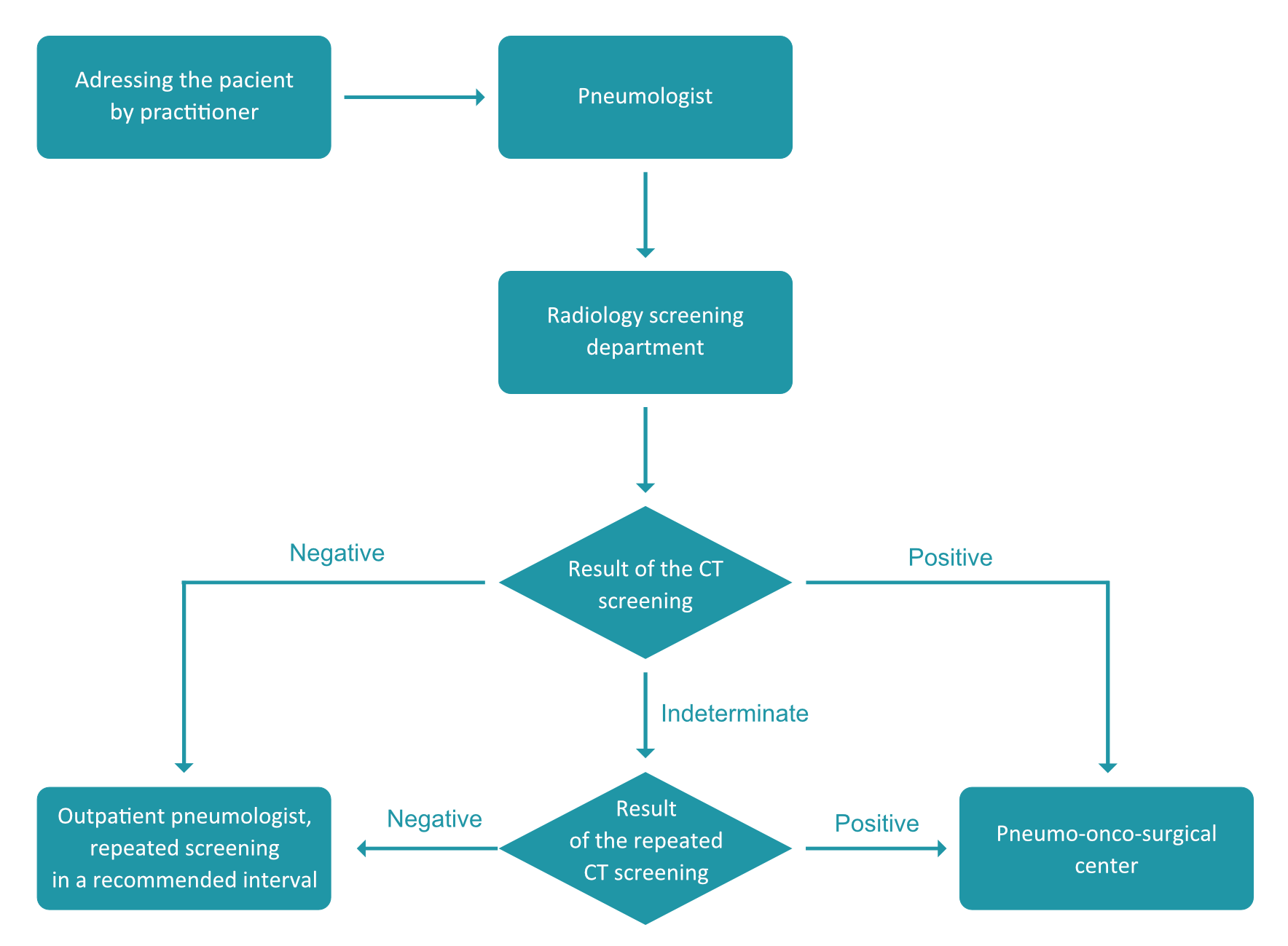Thanks to the international SOLACE project, lung cancer screening in Europe is being stepped up.
Whether you're active or former smoker, regular screening can be the way to your healthy lungs.
Be informed about lung cancer screening possibilities from your practitioner or visit a lung doctor.
You can also find the necessary information in this video:
SOLACE - Strengthening lung cancer screening in Europe
SOLACE (Strengthening the screening of Lung Cancer in Europe) aims to ensure the implementation and optimization of effective and advanced lung cancer screening in the Member States of the European Union.
Since there is currently no one-size-fits-all solution, SOLACE aims to provide a toolkit for personalized approaches to lung cancer screening at national or global levels.
The project is co-funded by EU4Health and consists of 8 work packages.
Objectives of the project
- Establishment of guidelines, technical and methodological documents, and making them available to the general public.
- Assessment of the current status of lung cancer screening in Member States of the European Union.
- Assembly of the National Implementation Working Group, with the aim of reaching and involving all Member States.
- Design, planning, and launch of pilot projects in 10 Member States, with the aim of substantially improving the effectiveness of lung screening among hard-to-reach populations and those at increased risk of lung cancer. Addressing inequalities in the availability of screening in different regions of the EU.
- Ensuring affordability through appropriate funding mechanisms, taking into account different healthcare structures (cost-effectiveness analyses).
- Establishing a European Lung Cancer Screening Alliance to serve as an interdisciplinary platform for making and maintaining up-to-date recommendations for clinical practice.
- Working closely with European and national professional societies, patient organizations, and institutions as well as within other screening programs for prostate, stomach, and breast cancer.
The objectives will be achieved through 8 work packages (WP):
WP1: Project management and coordination,
WP2: Knowledge Hub,
WP3: Implementation Network,
WP4: Pilot Project 1: Improving knowledge and participation among women,
WP5: Pilot 2: Recruiting hard-to-reach individuals,
WP6: Pilot 3: Higher risk populations,
WP7: Evaluation, sustainability, and training,
WP8: Dissemination and outreach.
Lung cancer in numbers
Lung cancer is the second most diagnosed cancer among males and the third among females in EU Member States for the year 2020; the estimated incidence for the year 2020 is 97.2 per 100.000 in males and 43.9 in females. It has also been the leading cause of cancer death in both sexes since 2017 (Malvezzi et al.1).
Lung cancer screening using LDCT is capable of detecting lung cancer early, at a curative stage, thus allowing mortality to be significantly reduced by at least 20%. Evidence has been generated in the last two decades by multiple randomized trials in the USA and Europe, particularly the National Lung Screening Trial (NLST) in the US2 and the Dutch-Belgian randomized Lung Cancer Screening Trial (NELSON) (de Koning et al.).
Who can get involved
People who meet the criteria below should consider taking part in a screening program. In particular, if they have had cancer treatment, have had an organ transplant or suffer from chronic lung disease (such as COPD, pulmonary fibrosis, or chronic bronchitis). These individuals have a significantly higher risk of developing lung cancer.



* One pack-year means that a person has smoked one pack of cigarettes a day for one year or two packs for six months, or half packs for two years, etc.. To participate in this program, therefore, at least one pack of cigarettes a day for 20 years.
Step-by-step screening
If you fall into the age group of 55–74 years and smoke or have smoked a pack of cigarettes a day for twenty years, a general practitioner will recommend that you see a specialist or a pulmonary physician for a basic lung exam.
The specialist or a pulmonary physician will then send you for a simple low dose computed tomography (LDCT) scan. If the CT shows that everything is fine, you will continue to be monitored according to an approved algorithm. If an indeterminate or positive finding is found, the pulmonary physician will guide you through further treatment.
I Want to Quit Smoking
Smoking is a major risk factor for lung cancer.
Whether you're a current or former smoker, it's important to check your lungs regularly. If you smoke, consider quitting. It's the best move to protect your lungs.
We know quitting smoking isn't easy. Like most smokers, you've probably tried it many times.
There's a treatment that increases smoking cessation rates significantly. It involves an intervention that prepares you to change in how you experience situations in which you usually smoke and offers non-smoking solutions.
You can also take medication to reduce withdrawal symptoms.
EVERY CIGARETTE HARMS
Interesting links
You can follow the progress of the project on SOLACE LinkedIn and on ERS, ELF, and EIBIR social media channels:





